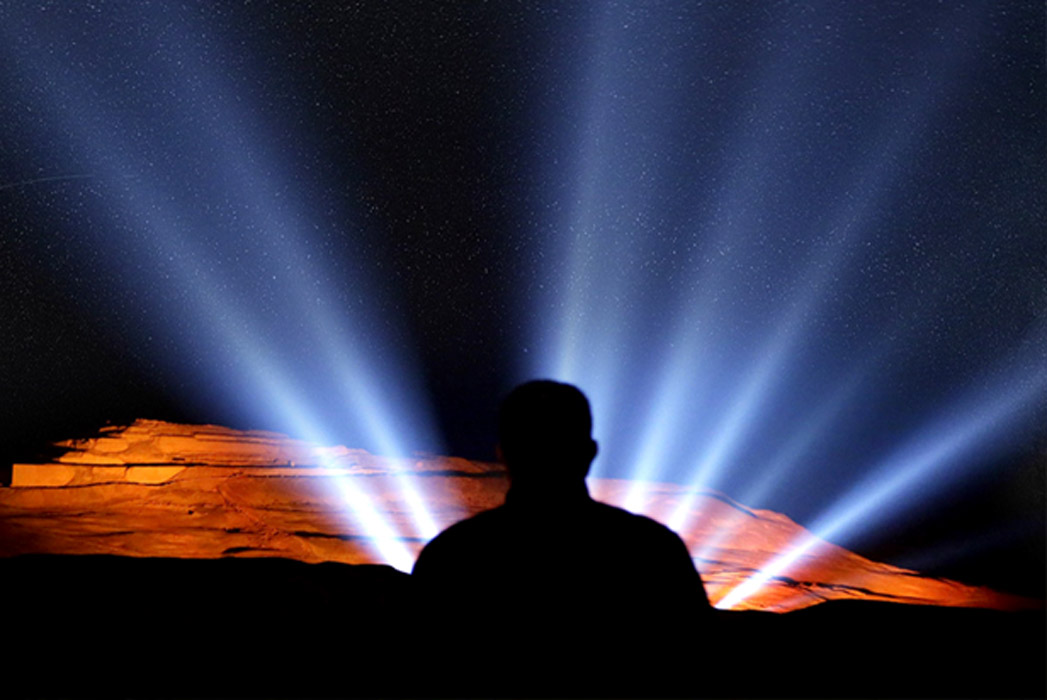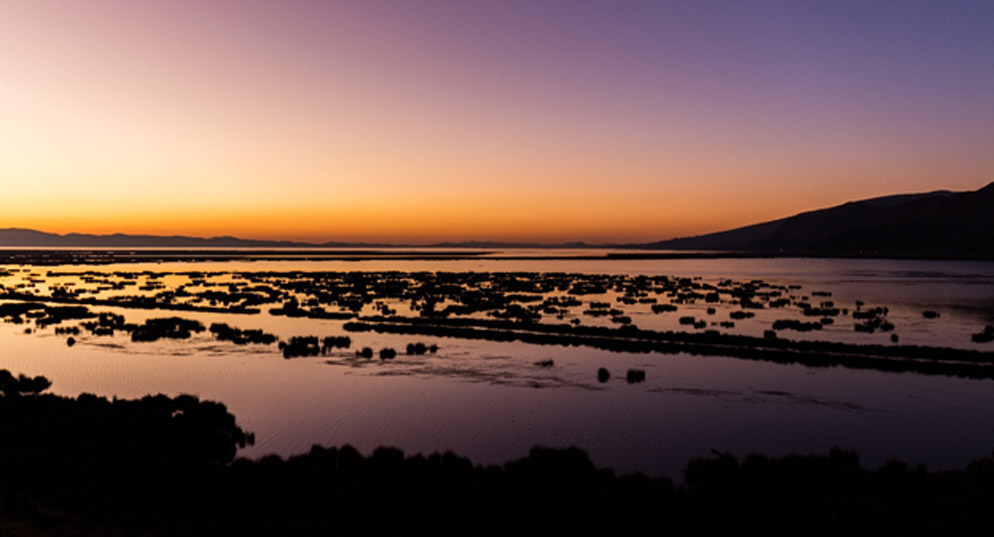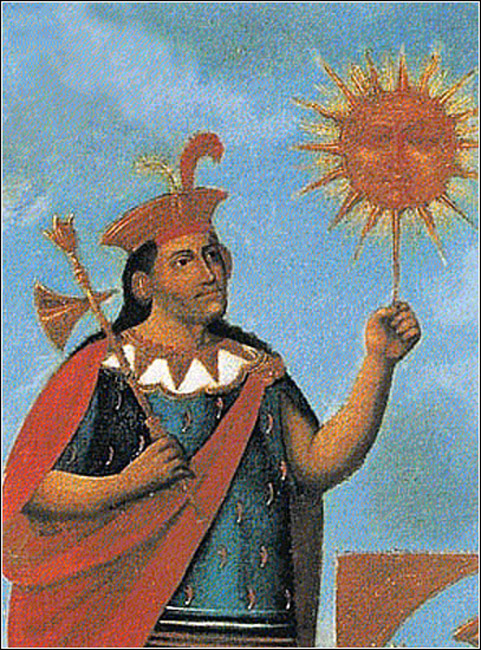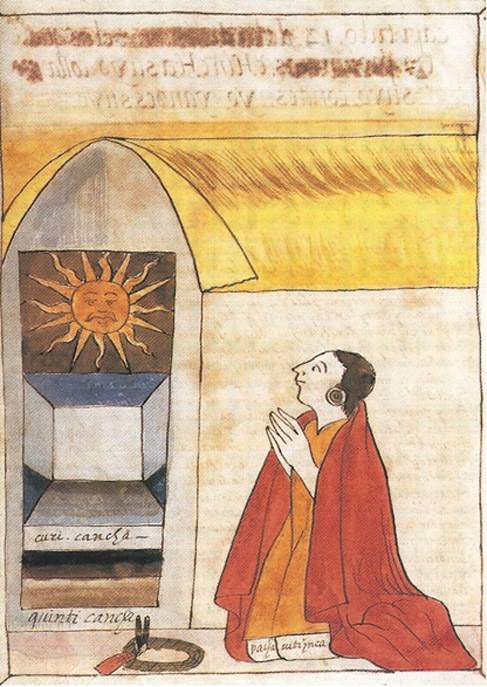
Viracocha's Astronomical Creation Engine
3,500 years ago, the southern shores of Lake Titicaca, situated in La Paz, Bolivia, were inhabited by the Tiwanaku culture who built stone super-structures such as; the Akapana, Pumapunku, the Kalasasaya and the Semi-Subterranean Temple. The Inca civilization later dominated the Peruvian Andes between the 13th and 16th century and inherited Tiwanaku cosmology, religion and traditions.

South shores of Lake Titicaca (Diego Delso, delso.photo/CC BY-SA 4.0)
Supreme Creator and The First Man
According to a creation myth recorded by 16th century Spanish chronicler Juan Diez de Betanzos, the Inca’s supreme-creator god Con Tici Viracocha rose from Lake Titicaca “during the time of darkness to bring forth light.” Most often described as an old man with fair-skin and a beard, wearing a long robe and carrying a staff and a book, after crafting the sun, moon, planets and stars from islands on Lake Titicaca he created “a race of brainless giants from stone,” which he destroyed with a great flood. Viracocha then used clay and successfully forged the first man, Manco Capac (meaning: splendid foundation) the son of Inti the son god, and his sister Mama Uqllu, which means "mother fertility".

Manco Capac, detail of ‘Genealogy of the Incas’ (Public Domain)
Walking north from Lake Titicaca with a golden staff called ‘tapac-yauri’ when they reached the Cusco Valley the golden staff sank into the ground, founding the Inca civilization, the royal blood line of Sapo Incas, and the center of what would later become the Coricancha Temple of the Sun, a gold-plated super-structure of worship.

Depiction of Inca emperor Pachacuti worshipping Inti in the Coricancha (Public Domain)
Having given his people language, emotions, civilization, agriculture and the arts, Viracocha then created all the animals and finally set the universe in motion before “journeying to the north-west, teaching humanity and the arts before he walked across the Pacific Ocean, promising one day to return to Lake Titicaca.”




